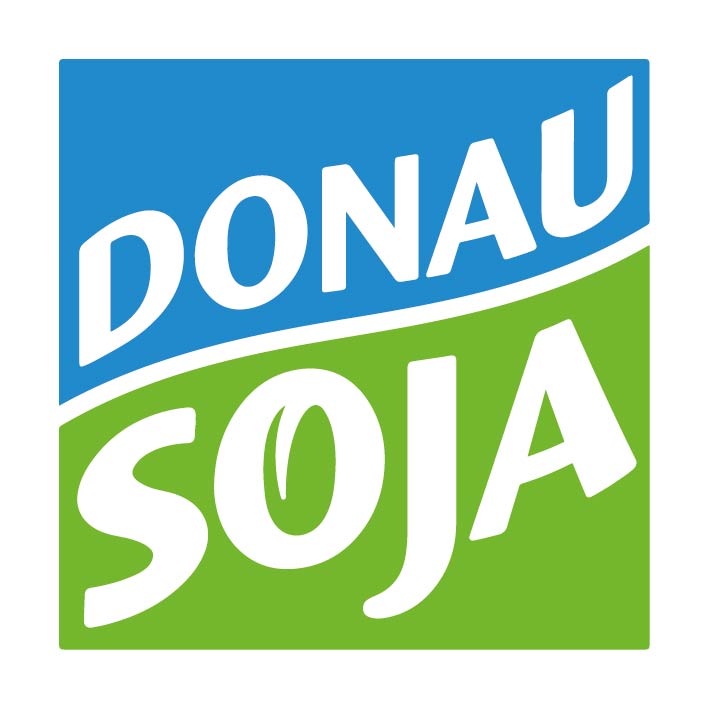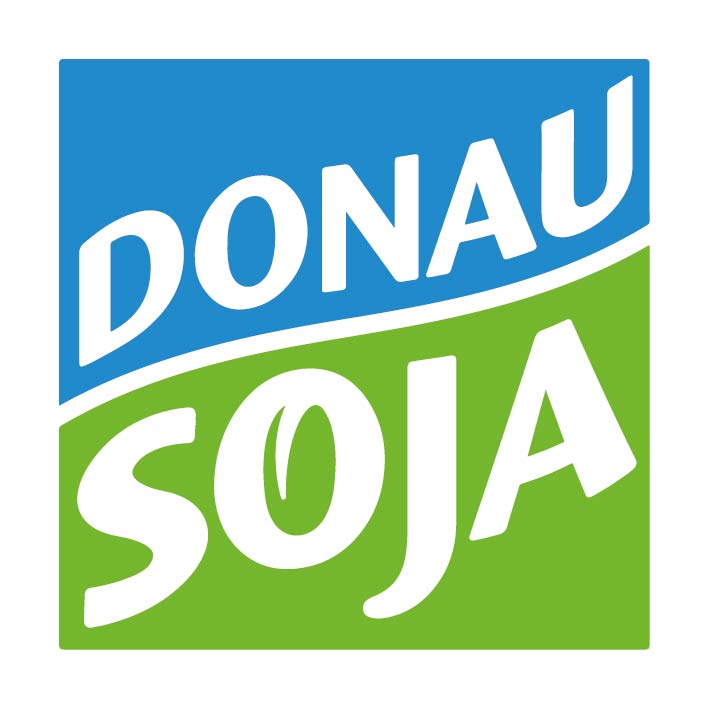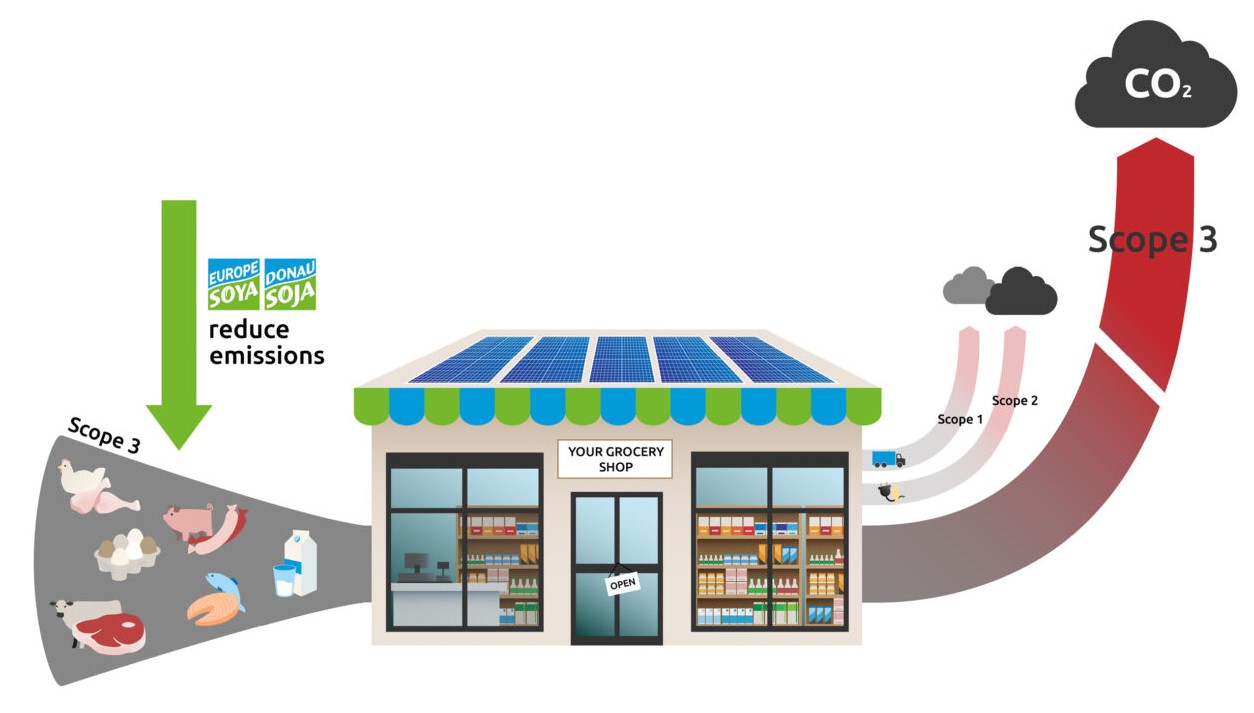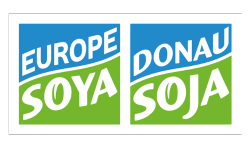To take action to reduce emissions, we need to understand and measure where they’re coming from. The three scopes are a way of categorising the different types of emissions a company generates in its own operations and in its wider ‘value chain’ (its suppliers and customers).
As the Greenhouse Gas Protocol itself puts it: “Developing a full [greenhouse gas] emissions inventory – incorporating Scope 1, Scope 2 and Scope 3 emissions – enables companies to understand their full value chain emissions and focus their efforts on the greatest reduction opportunities”. Scope 1 includes the direct release of climate-damaging gases within the company itself. Scope 2 includes the indirect release of climate-damaging gases by energy suppliers.
Indirect greenhouse gas emissions from the supply chain, also known as Scope 3 emissions, are the hidden impacts within a company’s supply chain. For retailers, these emissions often make up the lion’s share of their total greenhouse gas emissions. Scope 1 and 2 emissions are somewhat easier to quantify. For energy use, for example, companies can obtain the data needed to convert direct purchases of gas and electricity into a value for the associated greenhouse gases.
For many organisations, however, Scope 3 emissions are by far the largest proportion of total emissions. Unfortunately, these are often the most difficult to reduce. Some of the actions a company can take to reduce these include working with existing suppliers and their customers on solutions to reduce their emissions.
If you have any questions or if you are interested in calculating your own CO2 footprint, please do not hesitate to reach out to Donau Soja via sustainability@donausoja.org



